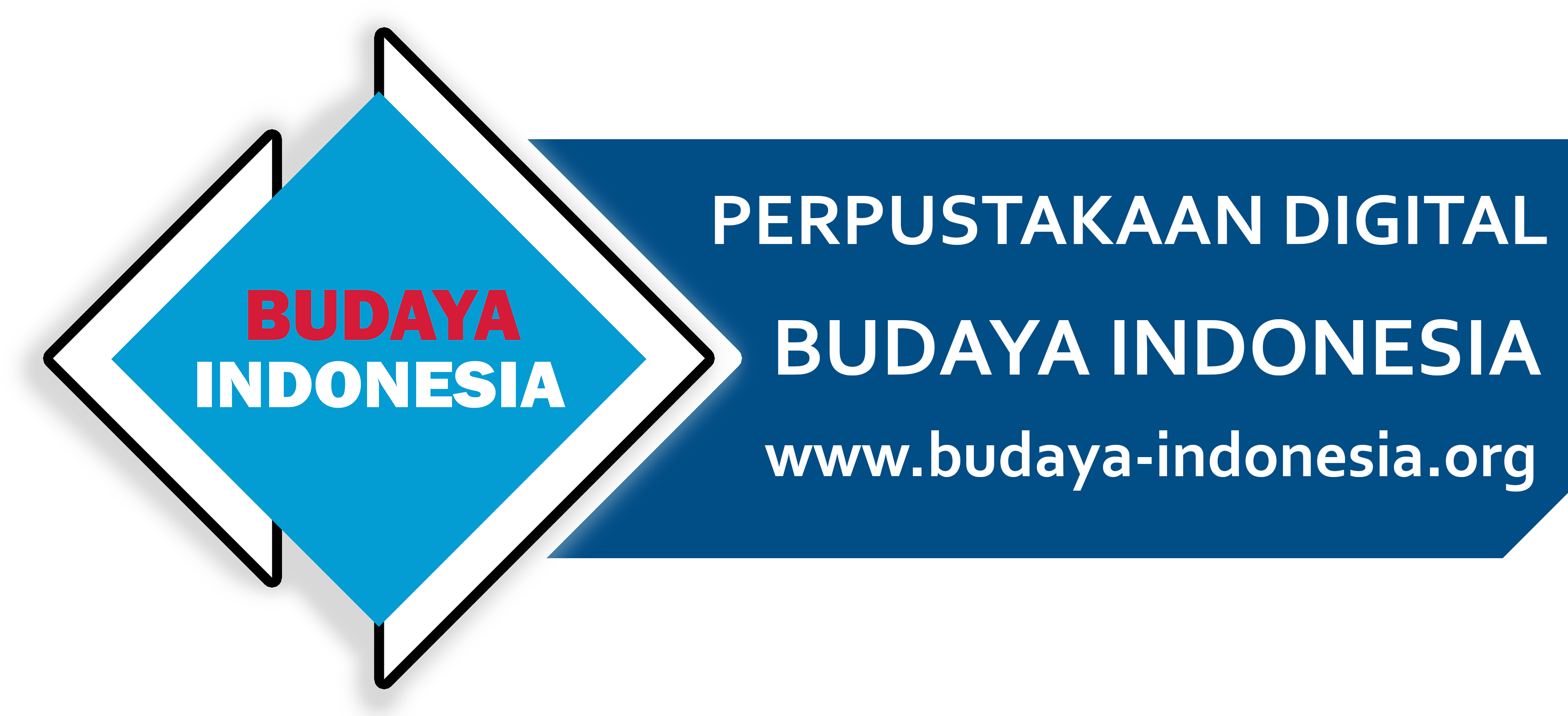Ketoprak: The Traditional Javanese Performance Art that Reflects the Spirit of Struggle
INFOBUDAYA.NET — Ketoprak has long been celebrated as a medium of entertainment, education, and cultural identity of the Javanese. Often referred to as the “opera of Java,” Ketoprak distinguishes itself with its incorporation of music, singing, and acting. Its history, however, is not just about performance; it is intertwined with the struggles of the people of Solo and their fight against colonial forces. The emergence of Ketoprak in the early 19th century was a response to the socio-political climate of the time, a reflection of both the people’s resilience and their desire to preserve their cultural identity.
The origins of Ketoprak trace back to the early 1800s, with its roots believed to have been planted by a musician from the Keraton Surakarta (the Surakarta Palace). During the colonial era, the people of Java, particularly in Solo, faced restrictions on gathering, as the Dutch feared the formation of groups that might conspire against colonial rule. To overcome this, the people created a form of performance art, a space where they could gather without raising suspicion. Thus, Ketoprak was born—an art form that allowed young people to come together, share stories, and express their sentiments through music and performance. The name “Ketoprak” derives from the sound made by the traditional wooden drum, called a kentongan, which was struck to summon the audience. The term “keprak” refers to the action of striking the kentongan, while Ketoprak refers to the event that follows.
At its core, Ketoprak is an improvisational performance art. Players are given a broad outline of the story but are not provided with a full script. This reliance on improvisation makes the performance dynamic, where actors adapt in real time to the unfolding action. Each performance is accompanied by a traditional gamelan orchestra, which provides the musical backdrop. A sinden, or female singer, often leads the vocal performances during the show, blending her voice with the actors’ singing. Ketoprak performances revolve around stories from everyday life, often portraying common struggles, conflicts, and joys experienced by the Javanese community. These performances were, and still are, deeply rooted in local culture, touching on themes such as love, justice, betrayal, and family, all while incorporating elements of humor and social critique. This storytelling format connects with the audience, providing not just entertainment but also moral lessons.
While Ketoprak flourished for many years, it faced a significant decline in the mid-20th century. The rise of cinema and the proliferation of movie theaters in Indonesia led to a decline in live performances. Many of the theaters that once hosted Ketoprak performances transformed into venues for film screenings, causing a shift in the audience’s entertainment preferences. During the 1970s and 1980s, the golden age of Ketoprak began to fade, with many groups disbanding due to the loss of venues and an audience distracted by modern media. However, Ketoprak’s resurgence in Solo during the late 1970s is largely credited to the efforts of a key figure—Teguh Srimulat. In 1977, Srimulat took the initiative to renovate a theater in Taman Balekambang, a once-neglected venue. This renovation helped revive interest in Ketoprak performances, and the theater became a focal point for the art form in Solo. Famous comedians and performers, such as Nunung, Mamiek Prakoso, and Gepeng, emerged from the Ketoprak community. Their fame helped bring the art form back into the limelight, particularly through television.
One of the defining features of Ketoprak is the inclusion of humor and “goro-goro” segments in the middle of performances. Similar to the “goro-goro” scenes in Wayang Orang (a form of Javanese theater), these interludes break from the main storyline and provide comedic relief. This practice allows the audience to engage with the performers in a lighter, more relaxed atmosphere before returning to the serious themes of the narrative. The content of Ketoprak performances has always been diverse, from historical epics and mythological tales to social commentaries and contemporary issues. In its early days, the stories often focused on the struggles for independence, with the performance acting as a medium for conveying patriotic sentiments and critiques of colonial rule. Over time, however, Ketoprak adapted to the changing social and political environment, reflecting the evolving concerns and aspirations of the Javanese people.
Beyond entertainment, Ketoprak carries deep philosophical values that resonate with Javanese culture. It reflects a worldview that emphasizes harmony between humans, nature, and the divine, encapsulated in the concept of “memayu hayuning bawana” (maintaining harmony in the world). The characters in Ketoprak often embody virtues such as wisdom, kindness, justice, and honesty, values that are central to traditional Javanese beliefs. Moreover, Ketoprak offers social commentary through its storytelling. It provides an avenue for discussing social issues, offering critiques of authority, governance, and societal norms. This aspect of Ketoprak has made it an effective tool for education, as it conveys moral lessons and encourages reflection on the individual’s role within society.
Although the popularity of Ketoprak has waned in some areas due to the rise of modern entertainment technologies, efforts to preserve and promote this traditional art form continue. In recent years, there has been a resurgence of interest in Ketoprak, particularly in Solo, where the tradition is maintained through festivals, performances, and even television broadcasts. “Ketoprak Humor” has gained popularity on television, where the traditional art form is reimagined with a modern, lighter twist to appeal to contemporary audiences. As a form of cultural expression, Ketoprak remains an important part of Indonesia’s heritage. It is a vital link to the past, carrying forward the values and stories that have shaped the Javanese people. Through the preservation of Ketoprak, future generations can gain a deeper understanding of their cultural roots, while also appreciating the art of improvisation, storytelling, and the rich history of resistance and resilience that the performances encapsulate. In the face of modernity, Ketoprak continues to stand as a testament to the enduring spirit of Indonesian culture, bridging the past with the present and ensuring that its stories will continue to resonate for years to come.
Reference:




Tidak Ada Komentar